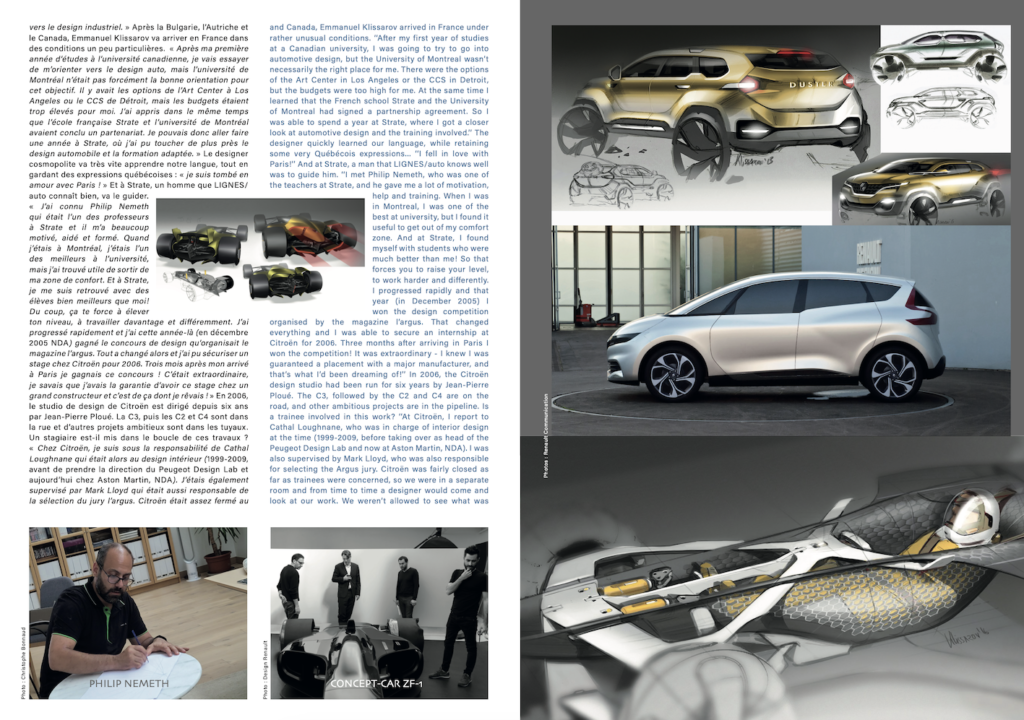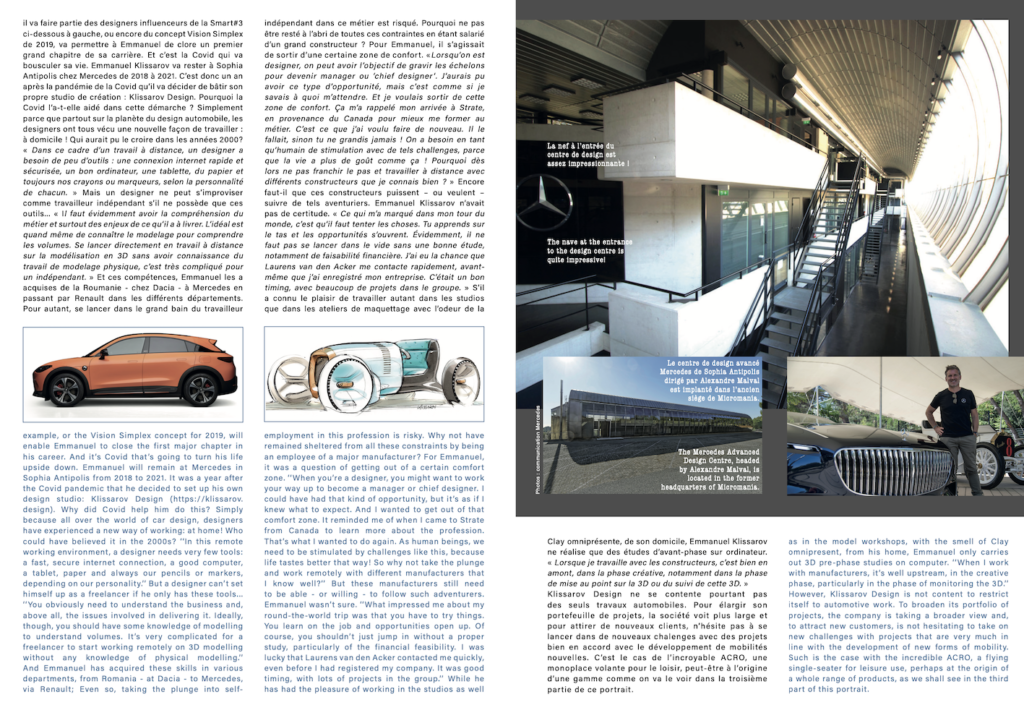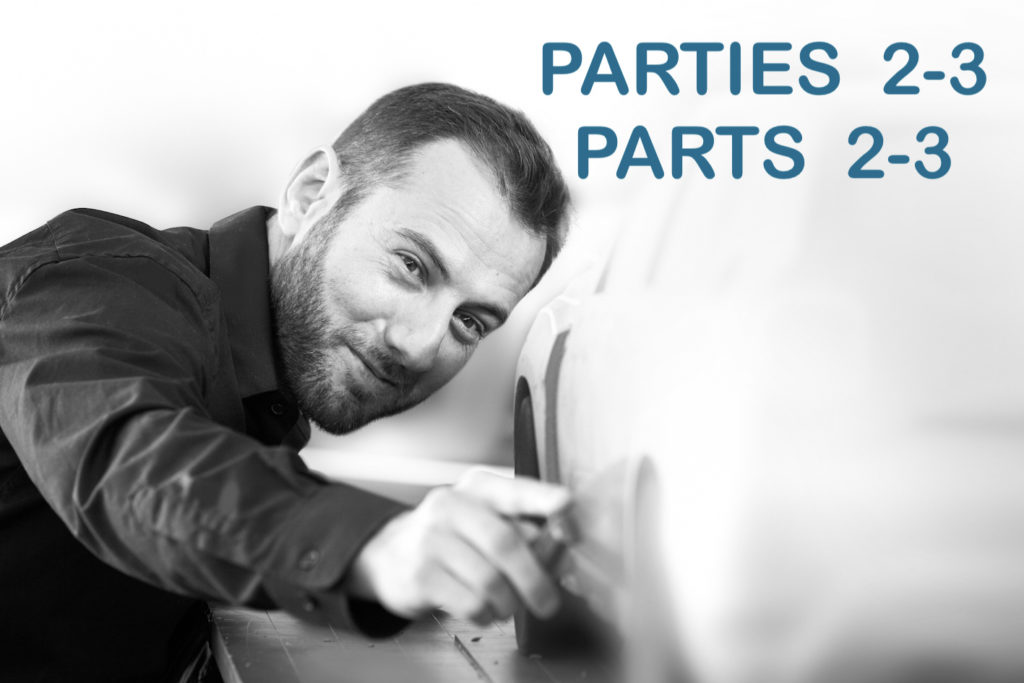
In three acts, LIGNES/auto brings you the surprising portrait of a designer with an equally astonishing career. His career path should give hope – and desire – to all young designers or students wondering about the ideal path to take to enter this profession. We left Emmanuel Klissarov on his way to Germany to join Mercedes’ advanced design studio. But now he’s back in France…
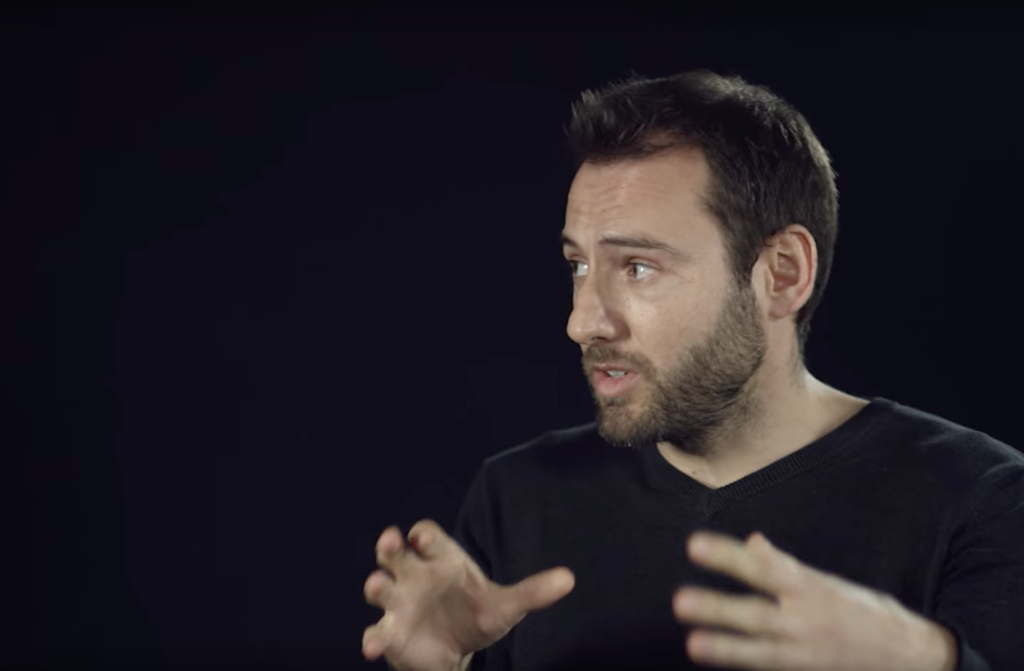
‘‘Just before I left Renault, I had my interview in Stuttgart with Steffen Koehl at Mercedes, for a position in advanced design. Then, as I was touring the world, I found out that I’d been accepted and was offered a choice between Stuttgart and Sophia Antipolis, in the south of France, where Mercedes was going to open its new advanced design studio. I didn’t know at the time that Alexandre Malval (former Citroën design director until 2018, NDA) below would be heading it up.’’
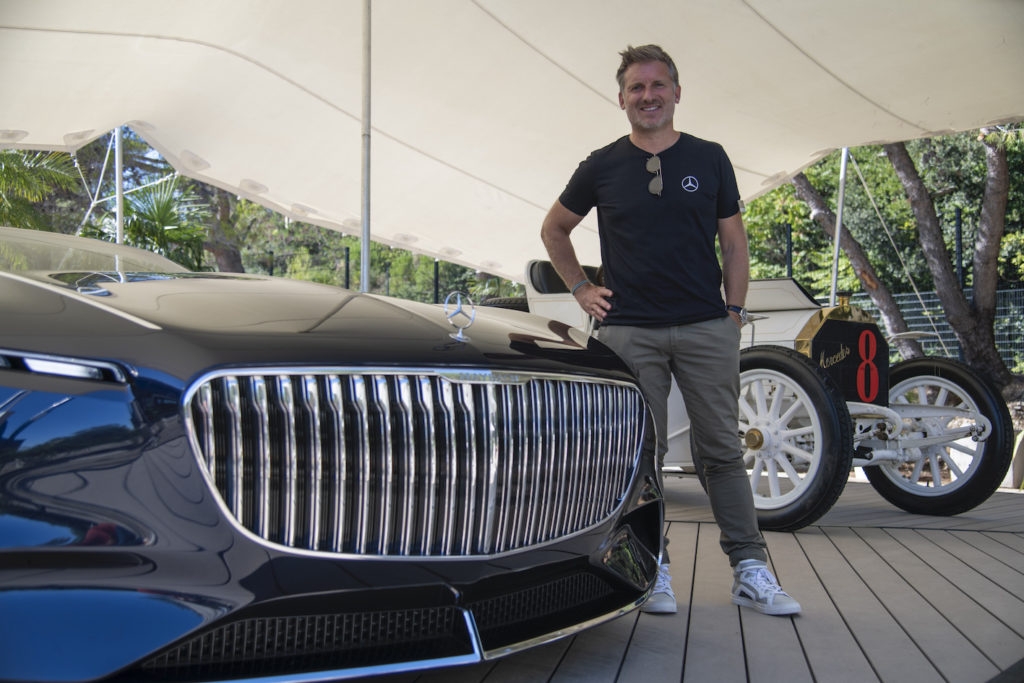
NEW: make your reading easier. Download these two bilingual PDFs with bonuses and previously unpublished documents free of charge by clicking on the two PDF buttons below.
‘’Obviously, I chose the best of both worlds: working for a German manufacturer, but in the south of France! I have a lot of respect for Alexandre and the studio is really top notch and well located.’’
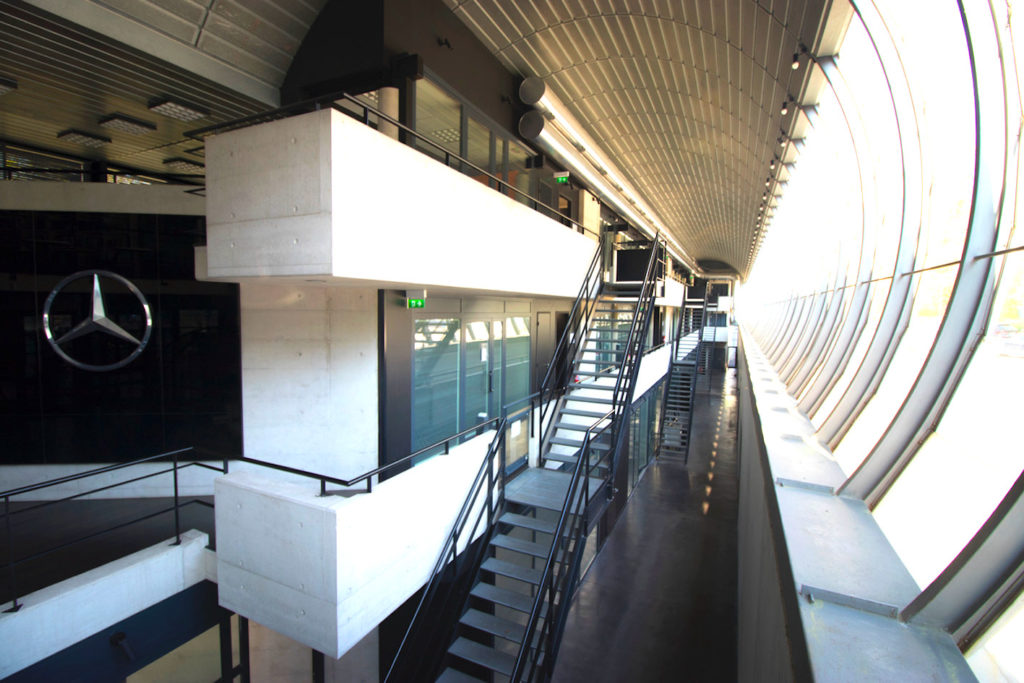
Mercedes remains a good period for Emmanuel, but the challenge of this satellite studio of advanced design was above all to be a force of proposals and push the design of Germany. A tricky situation! ‘‘The biggest challenge was to find the right balance, to see how far we could push the creative envelope. We had to find the right balance between what the Germans wanted to see, and what we thought would be the right trend for the future.’’

This new experience, during which he will be one of the designers influencing the Smart #3, for example, or the Vision Simplex concept for 2019 above, will enable Emmanuel to close the first major chapter in his career. And it’s Covid that’s going to turn his life upside down. Emmanuel Klissarov will remain at Mercedes in Sophia Antipolis from 2018 to 2021. It was a year after the Covid pandemic that he decided to set up his own design studio: Klissarov Design (https://klissarov.design). Why did Covid help him do this? Simply because all over the world of car design, designers have experienced a new way of working: at home! Who could have believed it in the 2000s?

‘‘In this remote working environment, a designer needs very few tools: a fast, secure internet connection, a good computer, a tablet, paper and always our pencils or markers, depending on our personality.’’ But a designer can’t set himself up as a freelancer if he only has these tools…
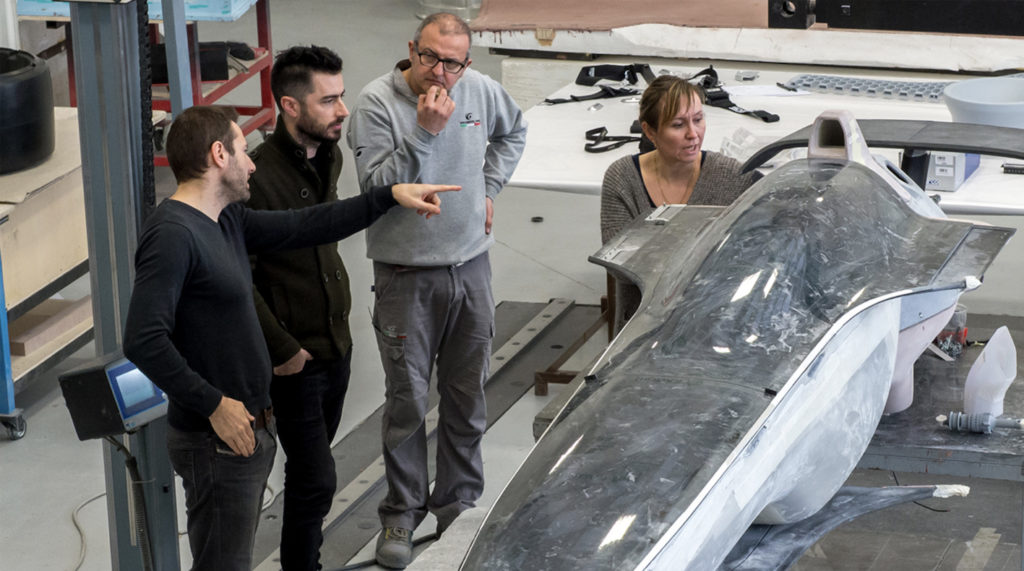
‘‘You obviously need to understand the business, and, above all, the issues involved in delivering it. Ideally, though, you should have some knowledge of modelling to understand volumes (above with the 2027 Vision F1 Concept Renault). It’s very complicated for a freelancer to start working remotely on 3D modelling without any knowledge of physical modelling.’’ And Emmanuel has acquired these skills in various departments, from Romania – at Dacia – to Mercedes, via Renault.

Even so, taking the plunge into self-employment in this profession is risky. Why not have remained sheltered from all these constraints by being an employee of a major manufacturer? For Emmanuel, it was a question of getting out of a certain comfort zone. ‘‘When you’re a designer, you might want to work your way up to become a manager or chief designer. I could have had that kind of opportunity, but it’s as if I knew what to expect. And I wanted to get out of that comfort zone. It reminded me of when I came to Strate from Canada to learn more about the profession. That’s what I wanted to do again. I had to, otherwise you never grow! As human beings, we need to be stimulated by challenges like this, because life tastes better that way! So why not take the plunge and work remotely with different manufacturers that I know well?’’ But these manufacturers still need to be able – or willing – to follow such adventurers.
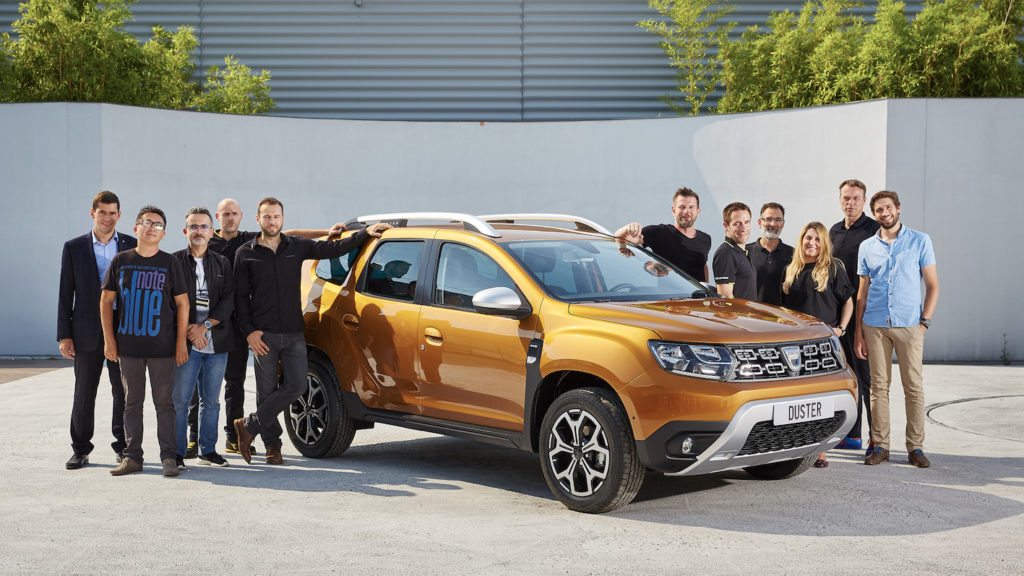
Emmanuel Klissarov wasn’t sure. ‘‘What impressed me about my round-the-world trip was that you have to try things. You learn on the job and opportunities open up. Of course, you shouldn’t just jump in without a proper study, particularly of the financial feasibility. I was lucky that Laurens van den Acker contacted me quickly, even before I had registered my company. It was good timing, with lots of projects in the group.’’
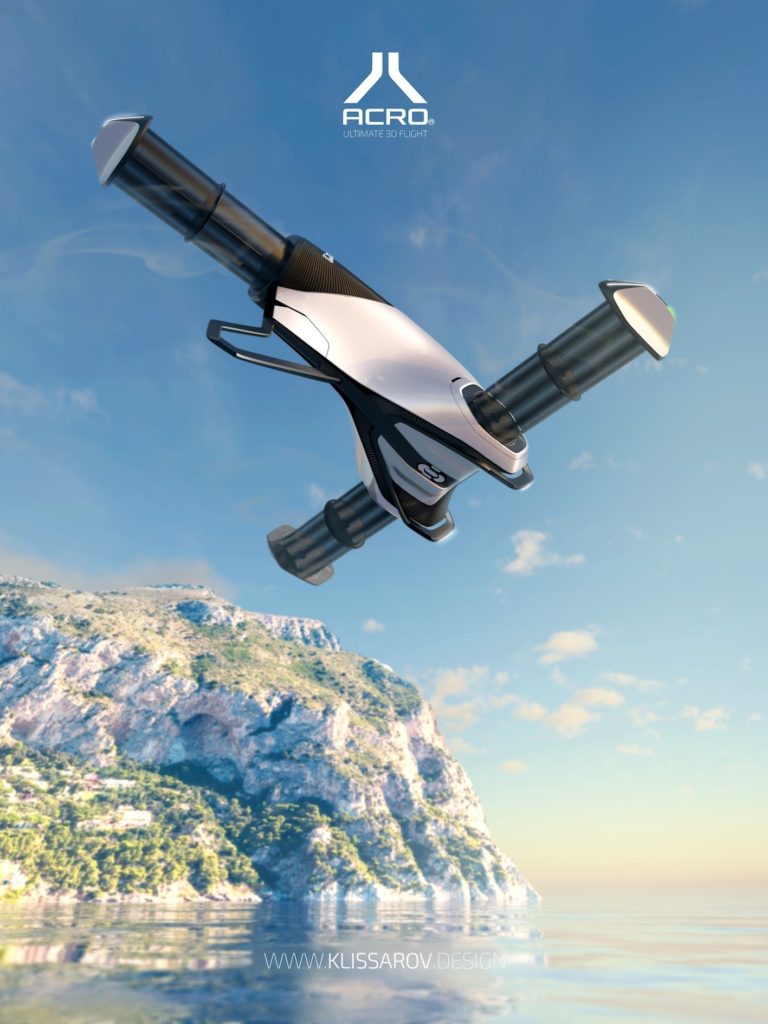
While he has had the pleasure of working in the studios as well as in the model workshops, with the smell of Clay omnipresent, from his home, Emmanuel Klissarov only carries out 2D and 3D pre-phase studies on computer. ‘‘When I work with manufacturers, it’s well upstream, in the creative phase, particularly in the phase of fine-tuning the 3D or monitoring the 3D. Obviously, at home, you can’t really work on physical models!’’ However, Klissarov Design is not content to restrict itself to automotive work. To broaden its portfolio of projects, the company is taking a broader view and, to attract new customers, is not hesitating to take on new challenges with projects that are very much in line with the development of new forms of mobility. Such is the case with the incredible ACRO, a flying single-seater for leisure use, perhaps at the origin of a whole range of products, as we shall see in the third part of this portrait.
PARTIE 3
Here is the final act, in which Emmanuel Klissarov suggests that we not only drive, but also fly and sail. As you might expect, Emmanuel Klissarov is not just interested in car mobility. Other concepts have already germinated in his mind, some of them ready to enter the real world. The ACRO programme is one of them. ‘‘I’m passionate about all kinds of projects. And even though I know that a lot of people in the car industry trust me, I must look elsewhere for customers. So as a young person who wants to start out in car design, I have to show my work to get into these new worlds.’’ Emmanuel is focusing on three areas of development: air, sea, and land.

For the air, Klissarov Design’s project is called ACRO, a new mode of individual mobility. The principle of a flying vehicle is not new, but battery technology over the last ten years has opened new horizons for the revolution in mobility, not only on land but also in the air.

ACRO is one of the e-VTOL (Electric Vertical Take-off and Landing) vehicles, but its aim is not to become a means of urban transport. Its initial focus is on leisure activities. ‘‘ACRO is powered by a system from Cyclo-Teck (below), an Austrian company that has been developing rotors made up of several propellers in a cylinder for the last fifteen years.’’

The main feature of these rotors is their ability to instantly orientate the thrust vector over a full 360-degree circle, whereas all other propulsion systems essentially pull or push in a single direction. ‘‘All you have to do is change the angle of the rotors and you change the direction in which you send the propulsion, and the whole thing is very stable.’’
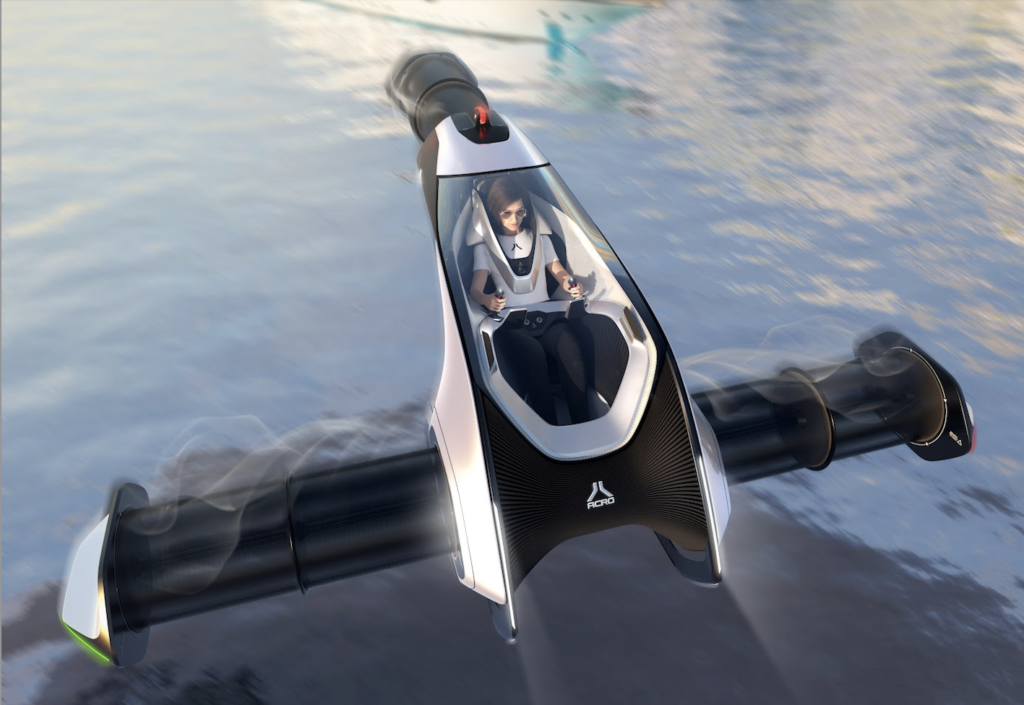
For the moment, ACRO is only at the digital stage, but everything has been calculated and thought out. Even the parachute is built into this small 100% electric machine. Soon a 1:1 scale model? ‘‘I’ve been in contact with Cyclo-Teck for a year, but they’re not partners in my project. For my part, I’ve finalized my own single-seater ACRO project, while Cyclo-tech, the brand developing the cyclo-rotor, has unveiled a two-seater prototype. And because I believe in their cyclo-rotor technology, I developed ACRO with the aim of making it desirable.’’
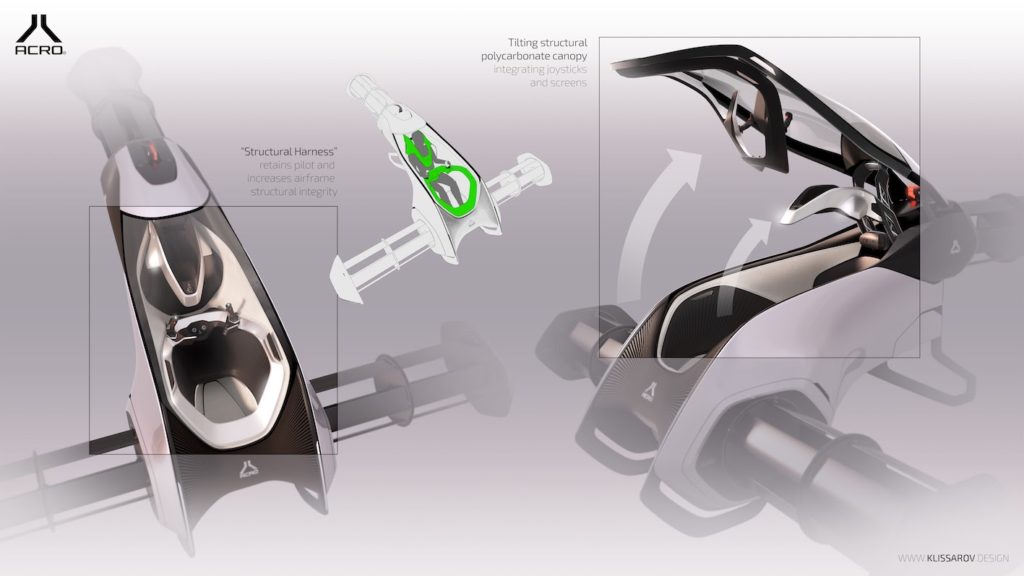
Why a single seater? ‘‘At the moment, the field of ‘Urban Air Mobility’ encompasses all flying vehicles that are not helicopters or aeroplanes. Regulations are being developed in the United States, China, Dubai and even Paris. These future regulations will cover vehicles with more than one passenger on board. You need certification to be able to fly, and you need an approved pilot. With ACRO, we are outside these regulations because my vehicle falls into the very light category. So, there’s no need for certification, no need for a pilot’s licence and that allows me to build on the brand. Because if we wait for the regulations to be ready before coming to market, we’ll be the last ones there!’’

The downside is that with this type of machine, you can’t fly over residential areas. ’’That’s why I designed ACRO for flights over the sea and in open areas for ‘pleasure’ flights, to establish the ACRO brand and promote the technology. Once the regulations are in place, we certainly won’t be the first, after Dubai and China, which already have authorisations, but my project will be ready!’’
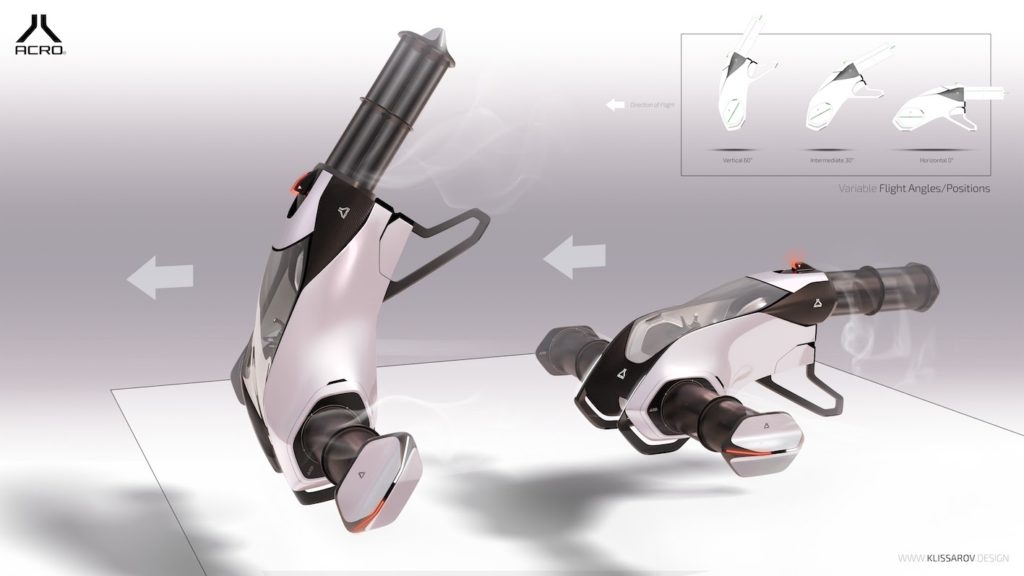
Beyond the skies, Emmanuel is already thinking about what’s next, i.e. a link between his little ACRO flying machine and the city. It could be a vehicle capable of transporting passengers from free-flying areas over the countryside or the sea to a city centre by road. But that’s still top secret!
Feel free to download the bilingual PDFs at the beginning of this topic, with bonuses and previously unpublished documents.
